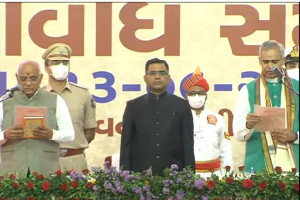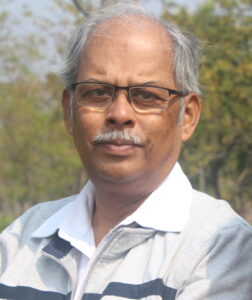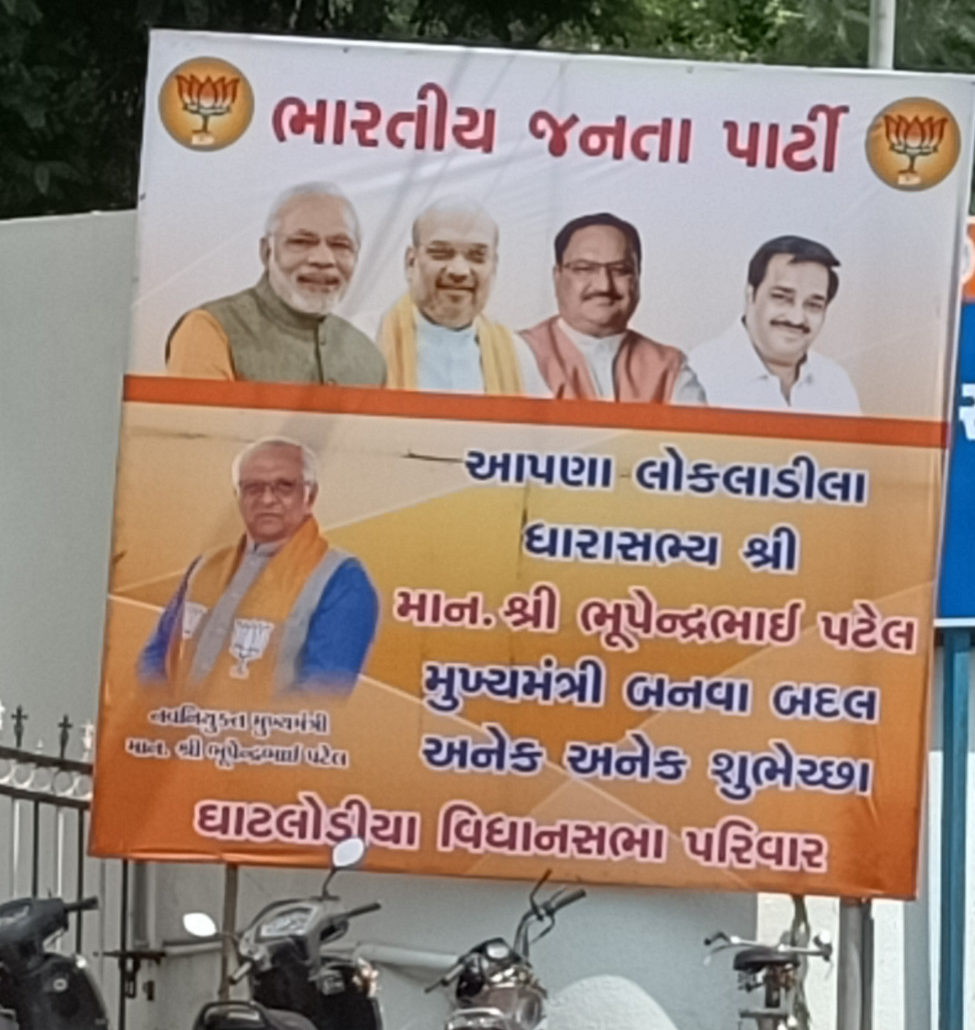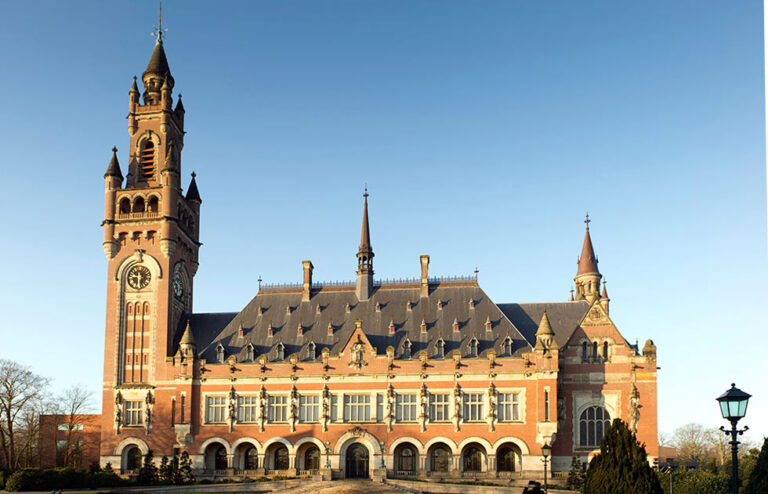
New Gujarat Chief Minister Bhupendra Patel’s swearing-in ceremony today
 By Rathin Das*
By Rathin Das*
Ahmedabad: With Bhupendra Patel swearing in as chief minister in Gujarat, the ruling Bharatiya Janata Party (BJP) has no doubt shown an olive branch to the economically and politically influential Patidar community which had been aggrieved with their “parent” party they had immensely helped gain power in the largest democracy of the world.

It is no secret that Gujarat’s Patel community had provided much of the money, muscle, logistic and infrastructural power to the two-seat (Lok Sabha 1984) BJP in its journey from Somnath to Ayodhya that finally culminated into Narendra Modi becoming the Prime Minister 30 years later.
But the fact remains that during more than a quarter century the BJP is at the helm in Gujarat, a Patel had been the chief minister only for about six years, including Keshubhai’s two terms of six months and three-and-half years.
When Anandiben became the chief minister in 2014, it was after a gap of 13 years that a Patel had occupied the high post — a sufficiently long time for the community’s anger to be kept under the wraps. This ground reality of caste resentment showed within a year despite the fact that the chief minister then was indeed a Patel woman but seen more as an ‘alter ego’ of the Prime Minister than a member of the community.
Probably that is the reason why the Patels did not hesitate to launch an agitation seeking reservations in government jobs and higher educational institutions, thus exposing the ruling BJP’s tall claims about ‘all is well’ in Gujarat.
Anandiben had to choose between two options of either being a ‘lenient Patel’ or a hard ‘task master’ she is expected to be due to the legacy she inherited from Modi. The high-handedness with which Anandiben dealt the Patels’ quota agitation alienated the community further, leading to the need for replacing her.
Once the BJP’s bridge with the Patels was burnt, bringing in a Jain Bania like Vijay Rupani might have been Modi’s experiment to try and manage without the community that is primarily responsible for bringing them to power.
This experiment too succeeded, as revealed by the BJP’s victory in the 2017 assembly polls, when the Patels’ annoyance with the party were neutralized by scare mongering about “Pakistan plan to install a Muslim CM in Gujarat”.
But the events during the last two years, including the economic crisis and the Covid-19 pandemic, have exposed the BJP’s Achilles’ Heel at multiple levels, thus compelling the party to once again fall back upon the Patels as an important component of its vote bank.
With the lower castes and economically backward sections affected due to economic crisis and pandemic consequences to such an extent that their anger cannot be neutralized with ‘scare’ of Pakistan or ‘glory’ of the temple being built, it would not anymore be wise to keep the Patels at bay.
These are some ‘real politik’ compulsions which have led to the BJP looking for solace in Patel appeasement while unseating a Jain, a mere two per cent of the state population.
Apart from clearly visible attempt to appease the Patels, the ‘change of guard’ in Gujarat has also revealed a change in the power balance in the BJP high command.

The posters put up by the party to celebrate the swearing-in of Bhupendra Patel show a discerning change that Prime Minister Narendra Modi has for the first time since 2014 been ‘equalised’ with other BJP leaders.
Modi’s photos in those posters are equal in size to others like Home Minister Amit Shah, BJP president J P Nadda as well as Gujarat party chief C R Paatil.
The ‘equalisation’ of Modi with others in BJP posters is in itself a big paradigm shift for the party which had hitherto recognized just one supreme leader in its visual communications where the others were always smaller.
If the top leader has himself ordered this significant change in the posters, it is a tacit admission that he has succumbed to the social media criticism about his image being bigger than the real achiever, in Olympics or other events.
Alternatively, this crucial change in image size can be a decision taken by the next big leader of the party, who oversaw the smooth transfer of power in Gujarat.
The first option signals that the supreme leader may be voluntarily ‘relinquishing’ his authority by ‘equalising’ himself with others. The second possibility would indicate that he is losing his stranglehold over the party apparatus. Both are more ominous than the change of chief minister in Gujarat, the home state of Modi, Shah and Patels.
* The writer is a senior journalist. The views expressed are personal.





